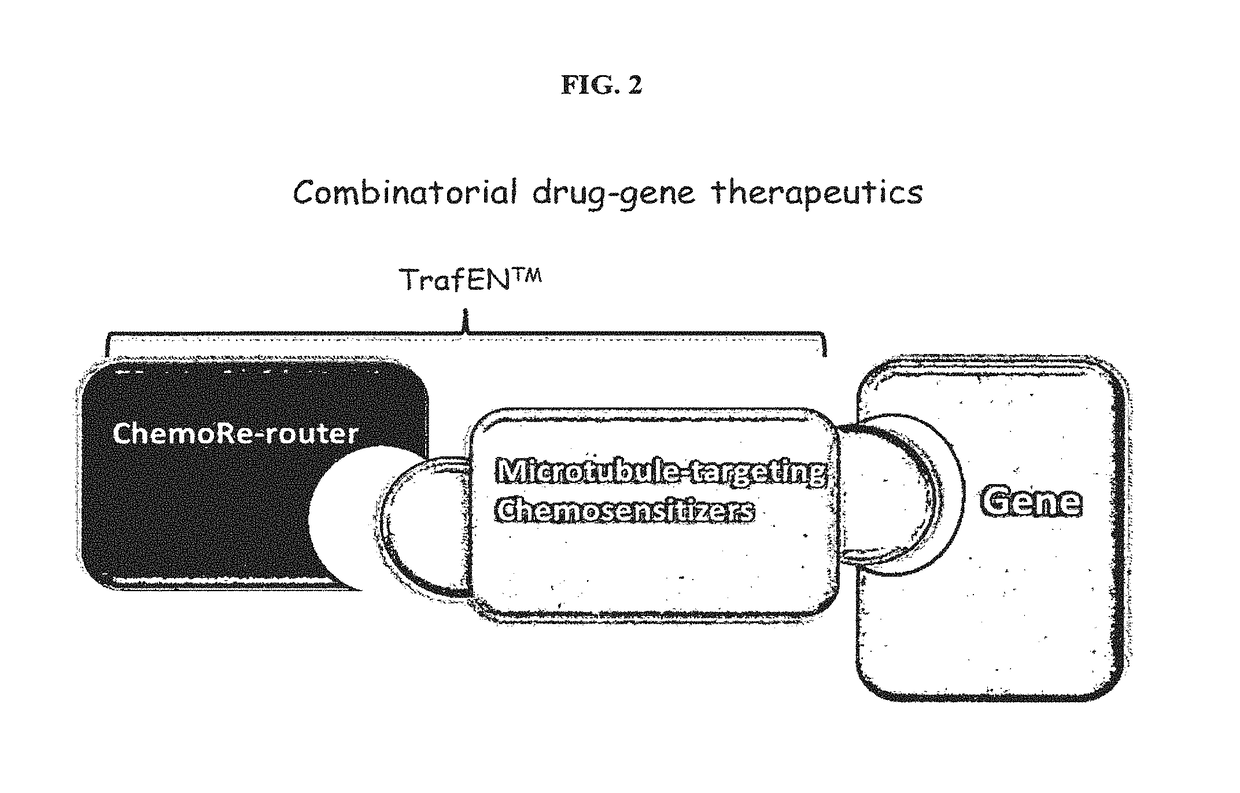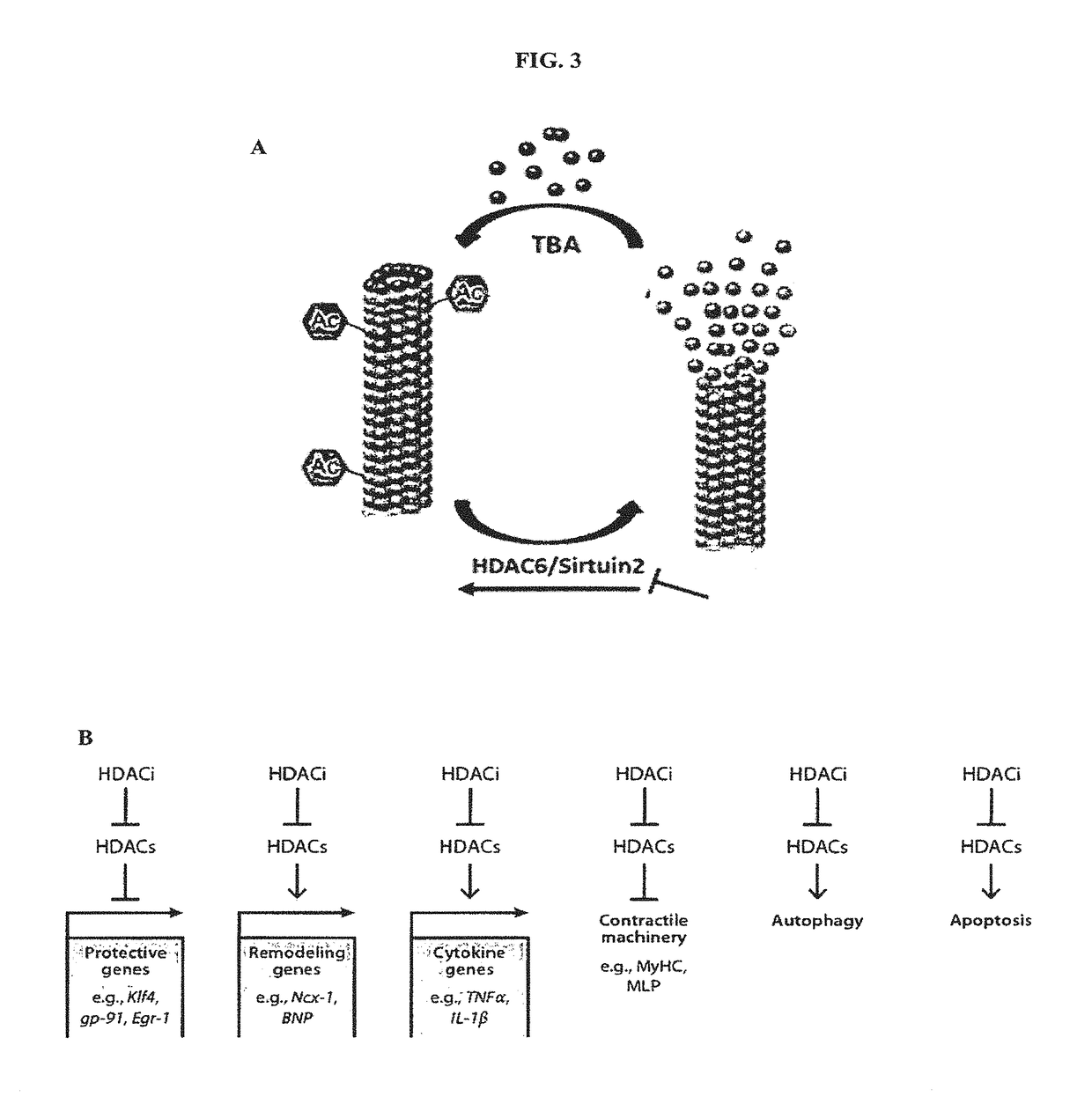Reagent for gene-drug therapeutics
a gene-drug and therapeutic technology, applied in the field of reagents for gene-drug therapy, can solve the problems of presenting significant challenges to the delivery strategy, unable to meet the needs of patients, and unable to effectively treat the disorders of differentiation neuron, etc., and achieve the effect of improving the efficiency and cell viability of differentiation neuron by optimizing the protocol using lpei
- Summary
- Abstract
- Description
- Claims
- Application Information
AI Technical Summary
Benefits of technology
Problems solved by technology
Method used
Image
Examples
example 1
Mild Centrifugation Improved Transfection Efficiency and Reduced Cytotoxicity in Neuronal Cells
[0134]To establish an optimal protocol for transfection of neuronal cells, cellular toxicity to bolus transfection, where the cells were exposed to a defined composition of polyplex for a period of time, was first investigated. Increasing N / P ratios of polyplex was found to reduce cell viability of native Neuro2A and NG-108 cells even in the presence of serum (FIG. 11). We hypothesized that cytotoxicity at high N / P ratio was due to prolonged exposure of cells to toxic free polymer, and shortening the period of incubation should reduce toxicity. However, transfection efficiency was significantly reduced with shorter periods of incubation (15 min or 1 h, FIG. 12a). Mild centrifugation was previously reported to improve transfection. Next, this approach was explored as an attempt to improve transfection at short incubation periods. As hypothesized, shorter incubation (15 min) coupled with mil...
example 2
Polyplex Formed Aggregates and were Sedimented by Mild Centrifugation
[0135]Expectedly, dynamic light scattering studies showed that nanosized LPEI / pDNA (˜100 nm) rapidly increased in size when placed in DMEM (FIG. 13a), consistent with low colloidal stability and the formation of aggregates in high salt conditions (Wightman, L., et al. J Gene Med, 2001. 3(4): p. 362-72; Mishra, S., P. Webster, and M. E. Davis. Eur J Cell Biol, 2004. 83(3): p. 97-111). The deposition of these large aggregates over time was likely to account for the presence of distinct particulates found on the surface of cell culture plates after the incubation of LPEI / pDNA polyplexes in Dulbecco's minimum essential medium DMEM (but not in HEPES) (FIG. 13b). These large heterogeneous particulates (>0.5 μM) on the surface of the wells were observed even in the absence of cells, ruling out the possibility of cellular artefacts. In order to quantify the amount of pDNA in the supernatant, pDNA was efficiently released f...
example 3
Centrifugation Enhanced Transfection Resulted in Efficient Gene Delivery into Native but not Differentiated Neuronal Cells
[0136]This approach was then applied to transfect differentiated Neuro2A and NG-108 cells. Both cell-lines were pharmacologically induced to differentiate and showed elaborate neurite outgrowths prior to transfection (FIG. 5b). Intriguingly, both differentiated cell types were poorly transfected as compared to the same native cells (FIG. 5a, b). Indeed, most of the EGFP positive cells demonstrated undifferentiated phenotype, where only ˜3% of the EGFP positive cells were found to bear neurites twice the body length (FIG. 5c). Increasing the N / P ratio (from 10 to 50) did not increase the efficiency of transfection. Similar to native cells, negligible toxicity was observed in differentiated cells post-transfection (FIG. 14). Collectively, these observations demonstrated that differentiated neuronal cells were refractory to transfection with LPEI / pDNA polyplex as co...
PUM
| Property | Measurement | Unit |
|---|---|---|
| size | aaaaa | aaaaa |
| size | aaaaa | aaaaa |
| capillary voltage | aaaaa | aaaaa |
Abstract
Description
Claims
Application Information
 Login to View More
Login to View More - R&D
- Intellectual Property
- Life Sciences
- Materials
- Tech Scout
- Unparalleled Data Quality
- Higher Quality Content
- 60% Fewer Hallucinations
Browse by: Latest US Patents, China's latest patents, Technical Efficacy Thesaurus, Application Domain, Technology Topic, Popular Technical Reports.
© 2025 PatSnap. All rights reserved.Legal|Privacy policy|Modern Slavery Act Transparency Statement|Sitemap|About US| Contact US: help@patsnap.com



